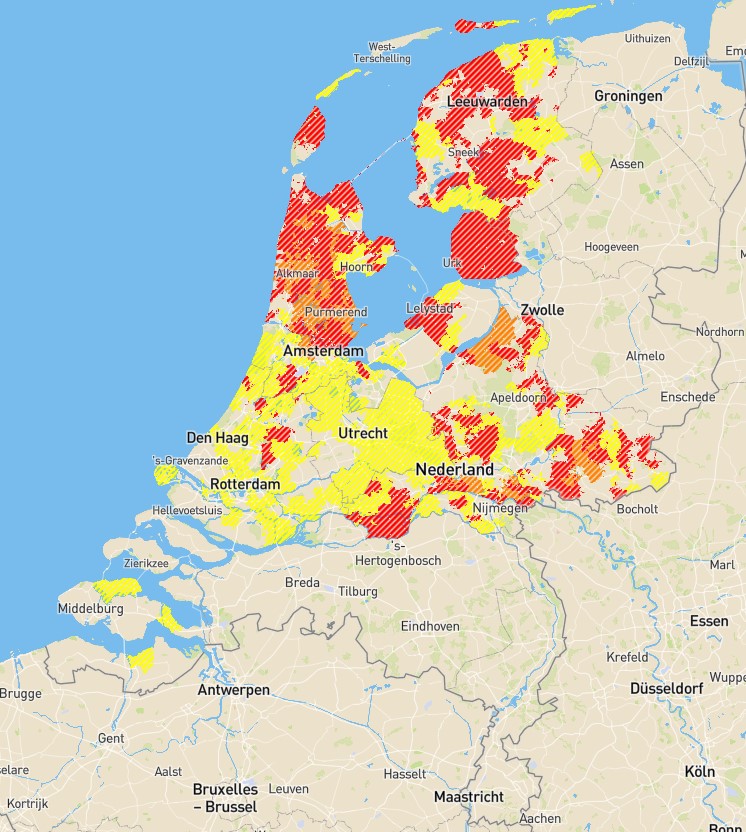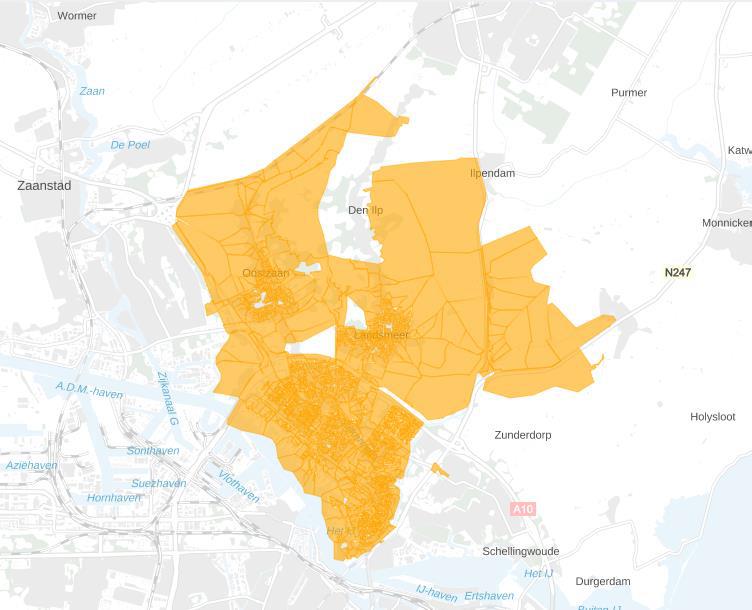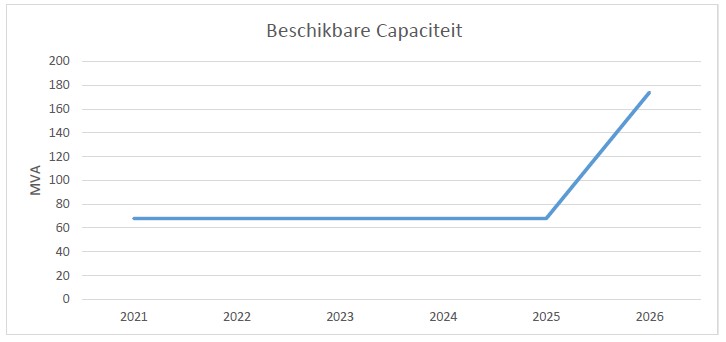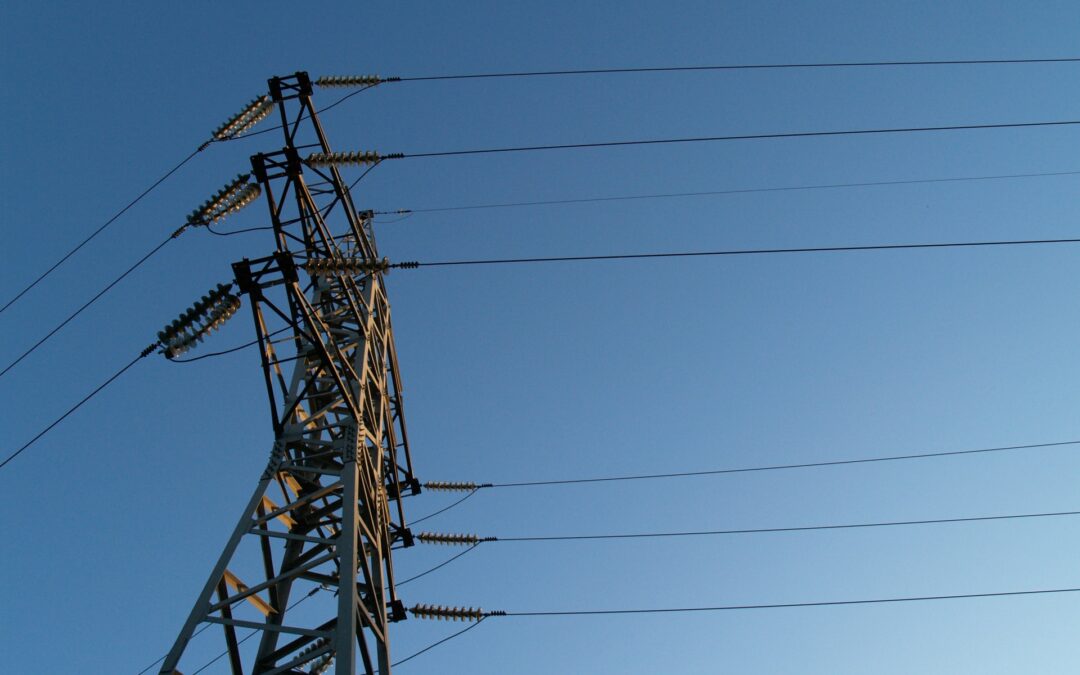By Rudy Rooth, City of Amsterdam
What is congestion?
Congestion is well known in relation to traffic. Jams develop when the capacity of the road network is insufficient to cope with the amount of vehicles. Congestion in electricity grids is generally known as an unwanted limitation in the free flow of electricity supply and demand because of capacity constraints.
Causes of congestion
Generally, congestion in networks occurs because over time, the requirements of grids evolve because of growth of population or economic activity. Finally, it exceeds the originally designed and implemented capacity of the grid. Historically, the evolution took place rather gradually and additional capacity of the grid was keeping pace with the requirements.
First signs appeared about 10 years ago with the rapid decrease of the cost of solar PV. This, together with the reduction of subsidies for biomass in 2016 caused the emergence of large scale solar parks. These installations were at the forefront of a much more widespread phenomenon, starting in areas with a traditionally weaker grid, such as regions with a lot of agricultural activity. In the current era of significant changes to our energy system take place. These changes include for example transfer to electrical mobility, rapid introduction of electric heat pumps and growth of (local) renewable energy generation. This causes that keeping the grid at pace with the changes is no longer warranted.
Already in 2020, the dutch Technisch Weekblad [1] reported that congestion was occurring on 250 places in The Netherlands.
Congestion areas in the Netherlands
Congestion can take place because of two reasons:
- On feeding of electricity in the grid, e.g. by solar parks or wind turbines
- On consumption of electricity, the so-called demand side
The map (demand side, the darker the color, the more congestion) shows the situation in March 2022. It can be clearly seen that the provinces near the north-western side of the country are most affected, especially the provinces Noord-Holland and Friesland.

Situation in Amsterdam
Because of the relevance for the ATELIER project, we will here zoom in on the situation in Amsterdam, particularly the service area of the Liander substation Noord Papaverweg. (Liander is the distribution grid operator in Amsterdam). This substation services the area shown below, and includes the development of Republica and Poppies. Until a few years ago, the grid strength in the north of Amsterdam was judged to be sufficient to cope with the development of the area (because of its previous industrial nature). However, the developments indicated earlier have radically changed this view. In December 2021, Liander issued a report[2] on congestion management for this area, indicating the nature of limitations and the developments for the next couple of years.


Relevance for Atelier
The project developer Republica received a letter from Liander, indicating that there would be “transport limitations” until 2025, in line with the graphic shown above. In general, electricity delivery to residential property is not affected by the limitations: They get a priority position. But Republica, because of its advanced smart grid, including batteries for energy management, has a single “heavy user” connection to the grid. It is particularly wry that this development, designed to be part of the solution (the combined electrical capacity of the property block is much lower than the sum of the individual capacities in the standard situation) is now facing this situation, which would affect operation for about 2 years after completion
Something similar occurred last year with multifunctional activity centre Het Klavier in Rutten in the “Noordoostpolder”[3]. In that case a noisy diesel aggregate had to be installed to bridge a period of limitations for a few years.
As for the development of housing block Poppies it is not entirely known yet whether it will be affected. The development has a “heavy user” connection for the heat pumps and the electric vehicle charging facilities, but as it is all residential housing related it may be exempt from the transport limitations.
Solutions
It is clear that the accelerating energy transition is behind the congestion phenomenon, but slowing down is not an option giving the alarming reports of the IPCC and as an additional motivation the increased desire to become independent of Russian gas around Europe.
But let us look at some of the possible solutions for the shorter and longer run
Limitations of new connections
This is what Liander is doing now. They warn developers that transport limitations are going to exist and hope that they can anticipate to alleviate the problems. This is hardly an issue however for construction projects already in progress that were discussing their connection already with Alliander (like Republica) but had their connection not yet fully settled.
Demand side (congestion) management
This has been investigated by Liander in their report[2] . It entails the establishment of contracts with “heavy users” including clauses that allow Liander to reduce temporarily the transport capacity for these users. Parties that participate benefit from financial benefits in return. Under the current frameworks, Liander only considers users with a connection more than 1 MW to participate in this congestion management (it would require large amounts of contracts with small users) to have effect and this is regarded as undesirable from an efficiency point of view. Participation is voluntarily. According to the congestion report only 6 users in the Noord Papaverweg service area were eligible for participation and only 2 were prepared to go into negotiations. This led to the conclusion that congestion management is not applicable for this area.
Aggregator function
In the long term, also individual households could contribute to demand side management, by e.g. making available their electric vehicle battery for grid stabilization, or external management of heat pumps to shave electricity demands. Aggregators could bundle the flexibility that is created in this way and offer this to grid operators.
Reinforcement of the grid, both power lines and substations
Deployment of power cables and substations is subject to permits and requires installation capacity. Furthermore, because distribution grid operators are public bodies, they are not allowed to speculate on future developments. In the past this has led to the situation that they could only reactively plan for e.g. new substations. Currently the development time from initiative to deployment is about 7 years of which two thirds is related to the permit procedures. Nowadays there is increasing pressure on the government to adapt regulation such that these procedures can be shortened. Installation capacity is further limited by the current tension for qualified personnel on the labour market.
From the municipal side, Amsterdam has installed a task force congestion management, that collaborates with Liander to alleviate the most urgent issues and that mediates where possible.

What will happen exactly with Republica is not clear yet. From different angles the discussion with Liander is sought. Hopefully a solution for them can be found in the upcoming year, but what is sure is that the energy transition will not occur without hickups.
References
Image credits:
Title image: Unsplash, NL map: n/a, Buiksloterham map & Transport capacity diagramme: from Liander report ‘congestiegebied Noord Papaverweg’ 2021, Republica image: Projectvisuals
